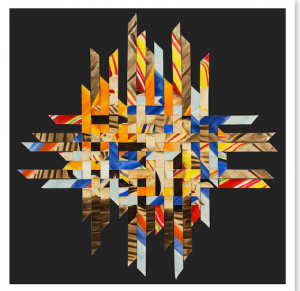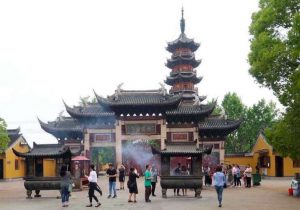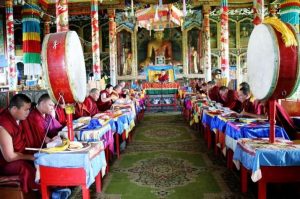Editor’s Note: Dr. Andrey Anatolyevich Terentyev studied Sanskrit, Tibetan and Indian Philosophies and Religions. He obtained his Ph.D. in the field of Oriental Studies (Russia). Currently, he is a visiting lecturer at the International Buddhist College.
The Buddha did not initiate the creation of sacred images. Once he said to a disciple, who wanted to see him before dying: ‘Oh, Vakkhali, why do you want to see this body, composed of unclear substances? He who perceives Dharma, Vakkhali, perceives me. He who perceives me perceives Dharma’. Thus, as far as we know, there was no worship of the Buddha’s image in the early Buddhist community after his Parinirv??a. Instead, some symbols that reminded devotees of the Buddha were worshipped, such as the Bodhi tree, the Wheel of the Dharma and even his throne.
Nevertheless, at least as is held in the Tibetan Buddhist tradition, Buddha images were created during his lifetime – in particular, the painting of the Buddha together with the symbolic 12 links of ‘Dependent Origination’, and also several statues, in particular a statue made of sandal wood. This sandal wood statue of the Buddha was commissioned by raja Udayana while the Buddha preached the Dharma to his mother at the “Heaven of 33 Gods”; the sculptors having been brought for this purpose to the heavens by the miraculous powers of Maudgalyayana. This statue is believed to have survived to this day, and is now kept at the Egetui Buddhist Monastery in Buryatia, Russia. Thousands of replicas of this most famous Buddha image can be found in all Buddhist countries.
Stylistically speaking, however, the existing ‘Sandalwood statue’ appears to be much younger than 2500 years, and scholars think it is more likely that the earliest representations of the Buddha contain a Greek influence and are probably from Gandhara (in modern-day Afghanistan), where Greek settlements were established by Alexander the Great (356-323 B.C.), Indeed, Gandhara was definitely one of the earliest places where the Buddha’s images were produced. The Gandharian images had Hellenistic features, dresses and curled hair.
We do not know for sure whether the first images of the Buddha were created in Gandhara or Mathura. The weight of scholarly opinion, however, leans towards Gandhara.
St?pas were also one of the earliest objects of worship in Buddhism – this tradition having been initiated by the Buddha himself.
In the Ajanta caves in India there are Buddhist st?pas dated 2-3rd centuries B.C. Shortly after this, Buddha images began to appear on these st?pas.
The St?pa of Sañchi is also very old, the remaining part having been dated 1st Century A.D.
Bamiyan (one of the larger Buddhist Centers at the time of Alexander the Great and up until the 4th Century A.D.) was a seat of the Lokottarav?da school of early Buddhism. Great Buddha statues produced there (recently destroyed by the Taliban) reflect the ‘beyond-worldly’ perception of the Buddha in this school. There are also many rock monasteries with thousands of caves in the Bamiyan area.
Later, in the 3rd-7th centuries, stylistically distinct Buddhist images were created in Dunhuang, in Chinese Central Asia. Found by French, German and Russian explorers, many of these art treasures are now kept in the museums of European capitals. Domed halls within the Dunhuang caves contained stucco figures. These sculptures are more Indian in appearance than the Gandharian figures, and have more slender faces.
New marvelous schools of Buddhist art emerged at about this time in India, during the reign of the Gupta empire (320 – 7th C?ntury), and also in China at the time of the Northern Wei Empire (386-634).




















